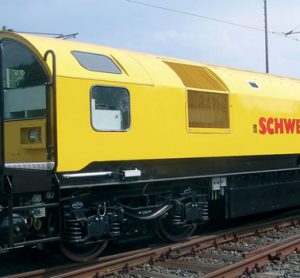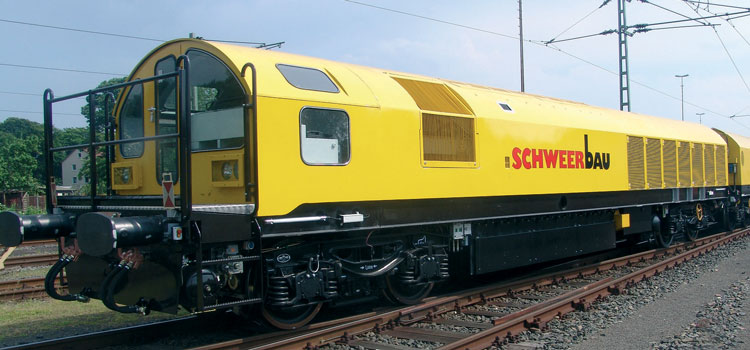Predicting deterioration in track condition
23 January 2009 | By Dr. Nick Thom, Lecturer, School of Engineering, University of Nottingham, UK
With ballasted trackbed here for the foreseeable future, Dr. Nick Thom looks at ways of predicting the rate at which it deteriorates and the factors that affect it.





